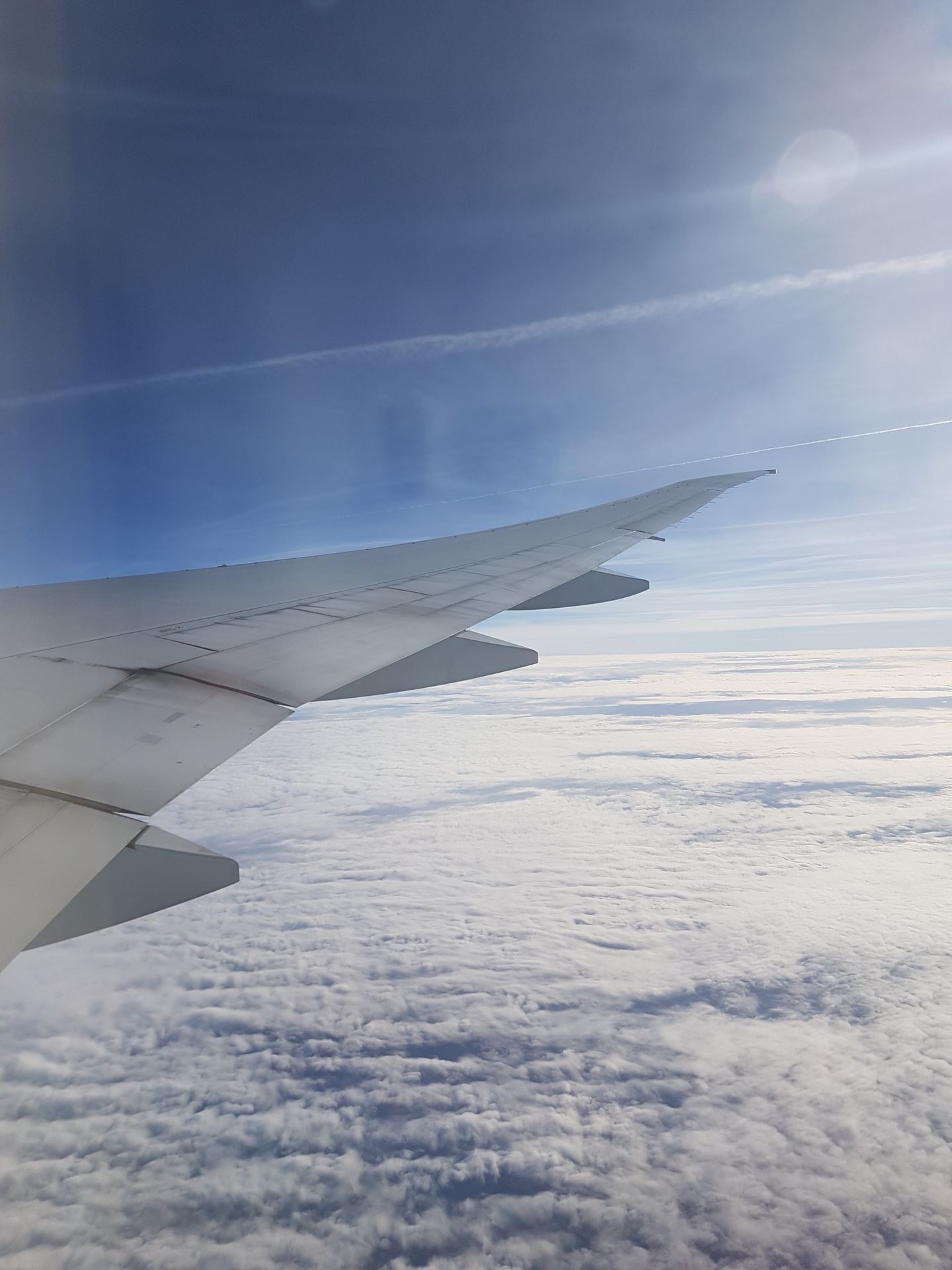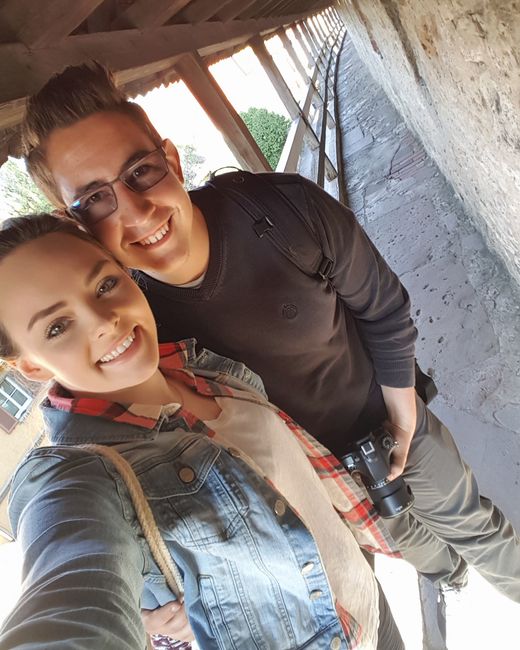16/01/2018 - Lewis Pass, Pancake Rocks & 'The Lifeboat'
Được phát hành: 01.02.2018
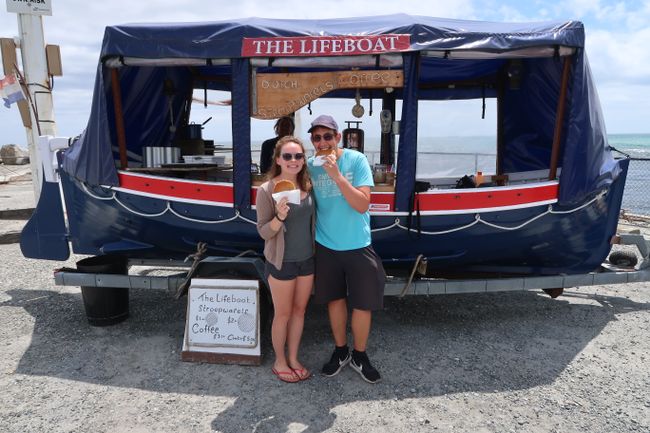
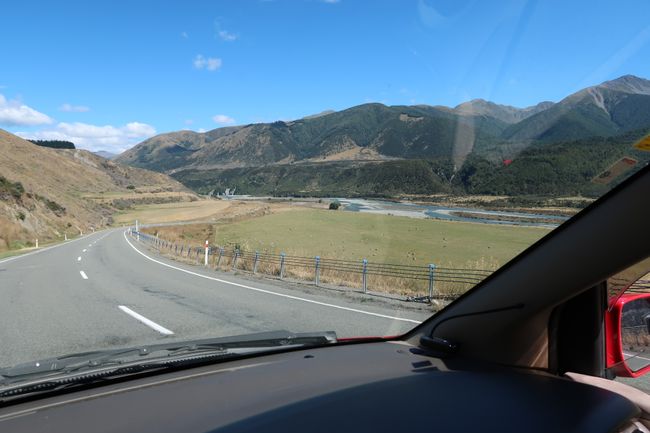
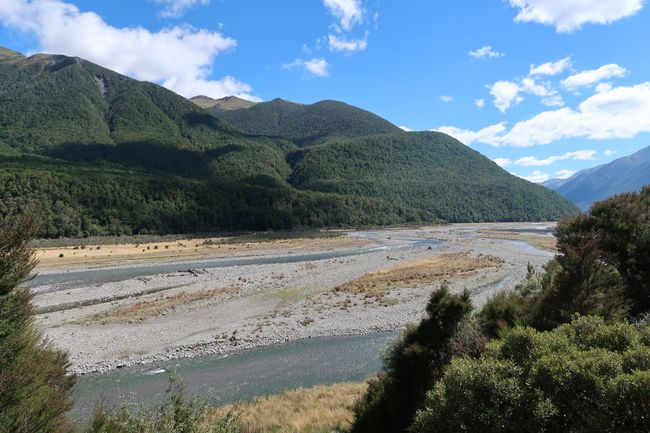
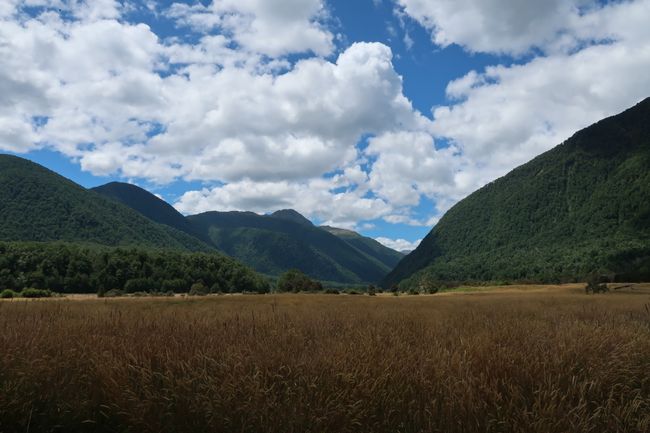
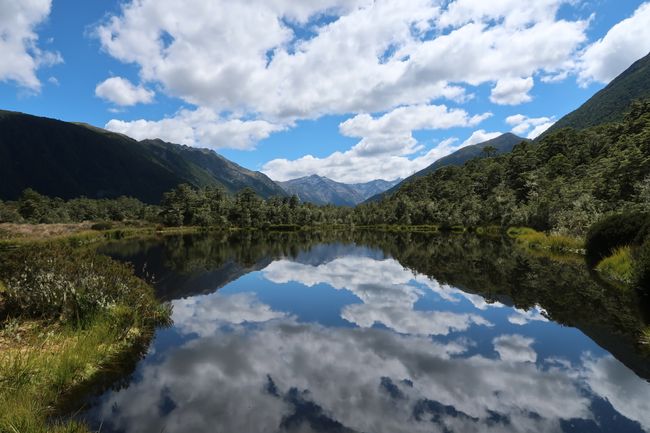
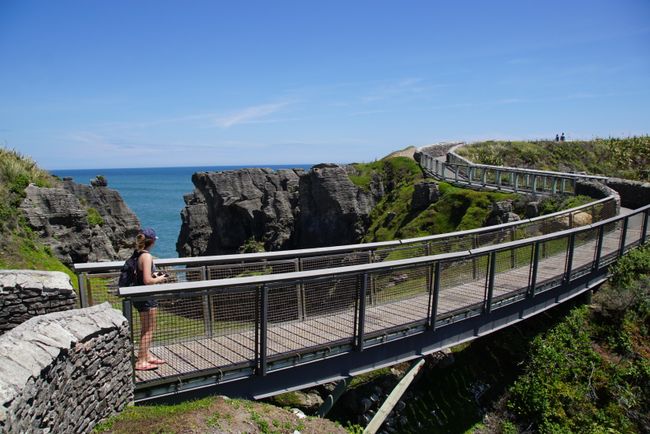
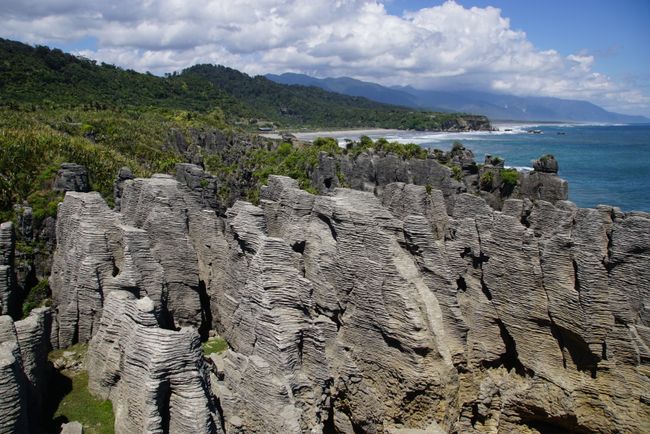
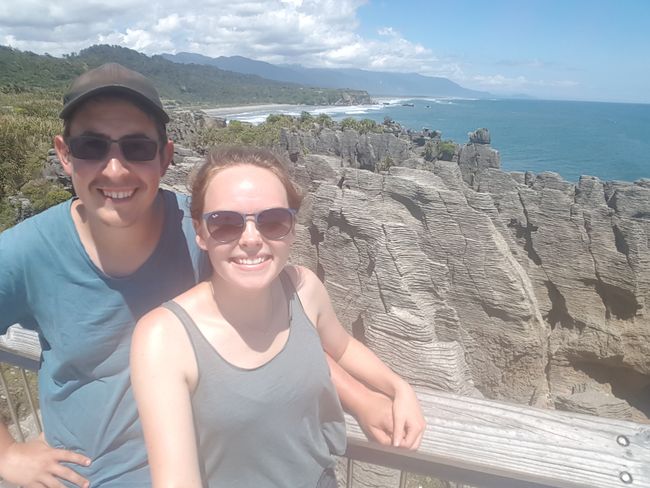
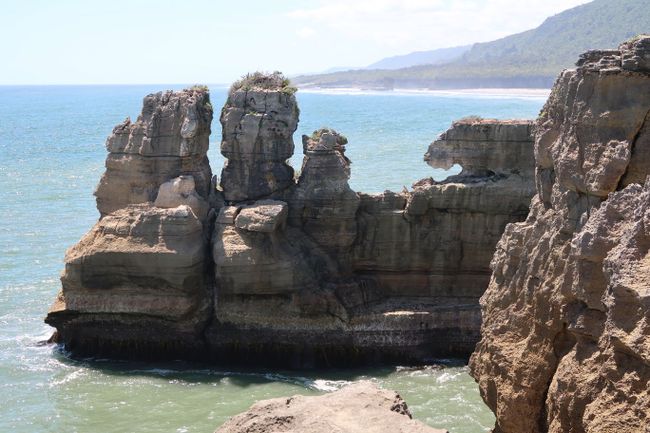
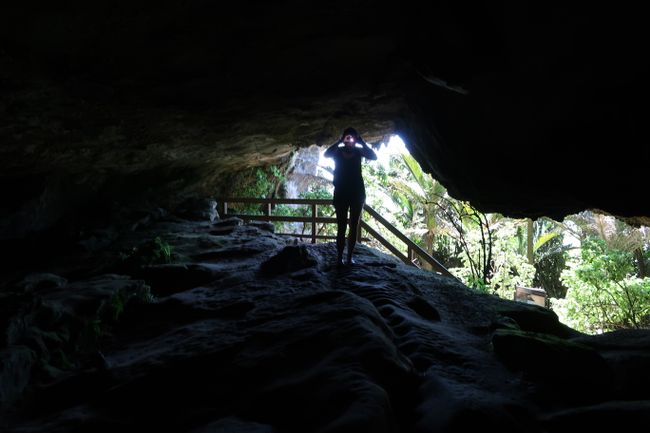
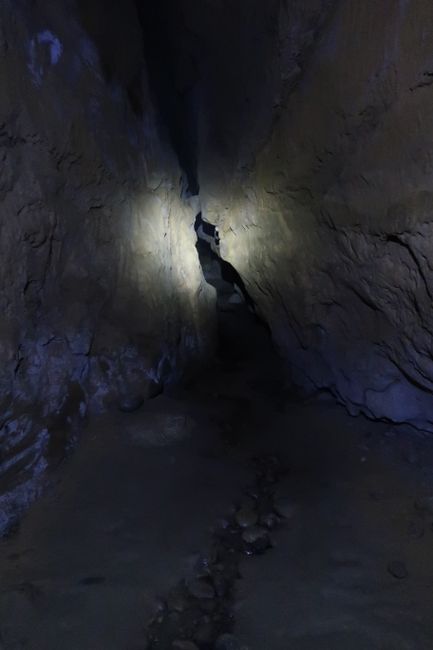
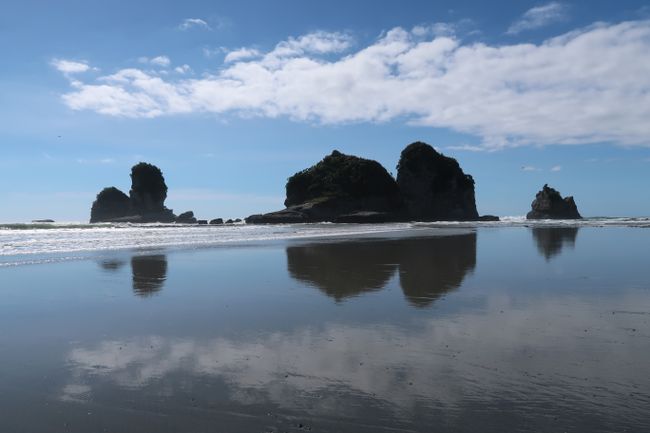
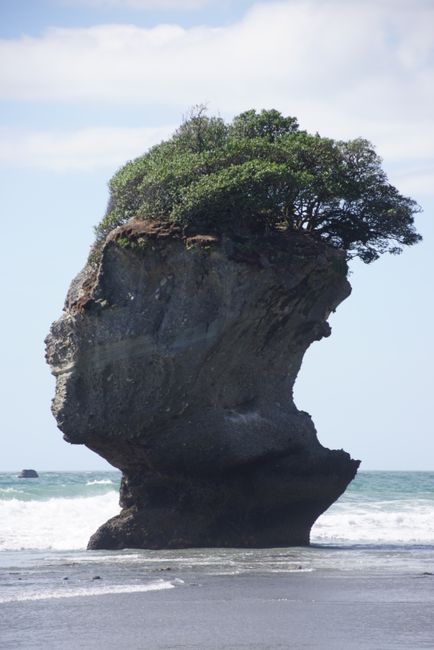
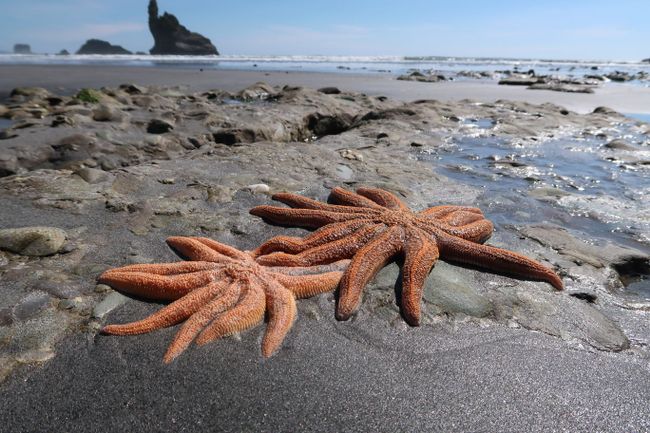
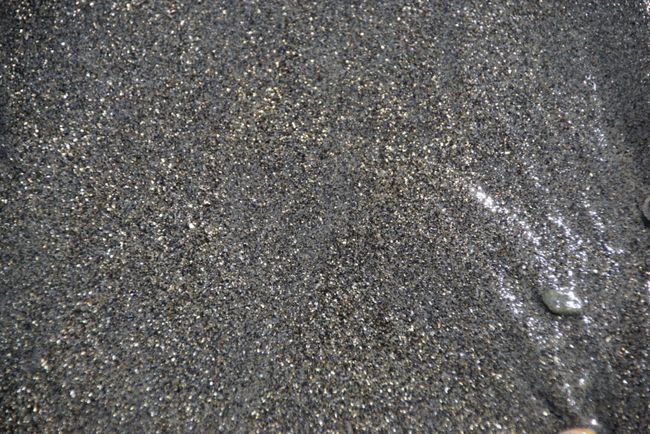
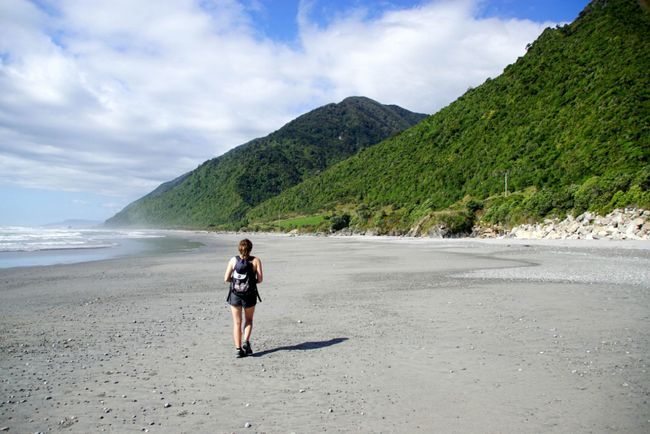
Đăng ký tin
The car was refueled and the groceries and basil pot are also on board - let's go!
To see not only the coastal regions of the South Island, we decided to drive from Hanmer Springs to Greymouth via the 'Lewis Pass'. This route connects the East with the West Coast and offers beautiful views of the landscape. It is one of the three mountain passes on New Zealand's South Island and is the lowest at 864 meters in height.
Until mid-December, the Lewis Pass was very busy. As we have already reported, State Highway 1 on the coast was closed for a long time due to a landslide. During this time, we had to cross the Lewis Pass to get to Kaikoura.
When we used the pass on January 14th, it wasn't very busy. The few cars that were driving in the same direction overtook us relatively quickly. We didn't let ourselves be stressed and had a pleasant journey as a result. At the beginning, State Highway 7 passes by barren mountain slopes and a river. Over time, the vegetation became greener and the mountains became higher. We took the opportunity for several stops to stretch our legs and not just rush past this beautiful landscape. One stop was particularly spectacular. The mountains and clouds were reflected particularly well in a kind of pool.
After a total driving time of six hours, we reached our destination. We checked in at the Greymouth campsite, which will be our home for the next three nights.
We were very satisfied with our decision to stay in Hanmer Springs until the weather improved. This allowed us to admire the beautiful alpine landscape of the South Island.
The next day started very relaxed, as there was no long car journey ahead. We simply drove up the coast to 'Pancake Rocks' within 45 minutes. The reason why these rock formations are named after these thick, airy pancakes is obvious - they simply look like a big stack of pancakes. ;) We started the round trip and stopped at every viewpoint. With each new view of these strangely shaped rocks, our craving for real pancakes grew. The round trip, which passes the rocks, is really beautifully designed and is rightly one of the tourist hotspots in New Zealand. In addition to the rocks, the pathway offers a beautiful view of the coast and you can observe the power of the waves. They repeatedly crash with force through small holes in the rocks, which can sometimes make a loud noise. Another special feature was a rock formation that stimulated our imagination. Let's see what you can recognize on the picture?! :)

After we had enough of the Pancake Rocks and resisted the temptation to buy some in the café across from them, we continued on. Just ten minutes' walk from the same car park, there was another attraction to visit. It led us into a cave again. The 'Punakaiki Cavern' can be entered at your own risk. Since we are experienced cave explorers by now, we wanted to go in without hesitation! But unfortunately, the cave was not particularly exciting. There were small narrow passages that lead to larger chambers, but apart from some adrenaline rushes, it remained a short pleasure.
The day was far from over. We had saved another special highlight for the afternoon. Our timing was perfect for the 'Motukiekie Beach Walk' because it requires low tide. We went to a little gem of New Zealand's West Coast. The rocks that can be reached at the end of the track are considered a hidden gem. But since a review by 'National Geographic' that the spot is one of the most beautiful places for a sunset worldwide, it is gradually gaining more attention. We parked our car on the roadside, walked down to the beach, and then walked along the beach for a good hour. From a distance, we could already see the rock formations, which are a bit away from the beach. We took advantage of the solitude to take some pictures. Besides various bird species, we encountered several starfish and tiny gold remnants on the beach. At some spots, the sand glistened more extremely than at others. The region around Greymouth is known for its gold mining, and for good reason.
Unfortunately, we were way too early for the sunset on this day. But if we had waited longer, the tide would have cut off our way back to the car.
We hope that this place will continue to stay peaceful and quiet and that people will not be brought there with dozens of buses in the future.
After these many impressions, we returned to Greymouth and after dinner, we fell exhausted into bed.
Đăng ký tin
Trả lời (1)
Christiane
So, ich war lange nicht mehr hier und habe bis eben hier aufgeholt.
Man, das ist alles so toll. Ich kann es mir so gut vorstellen. Und ich würde wirklich gerne tauschen. Macht mal schön so weiter!
Báo cáo du lịch Tân Tây Lan
